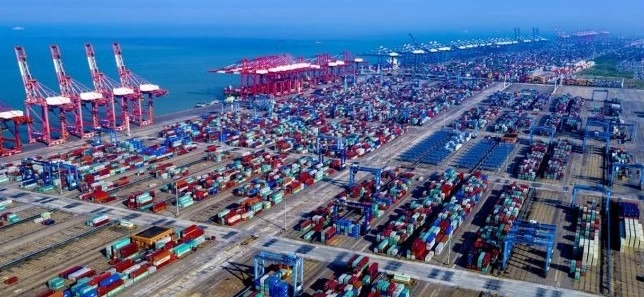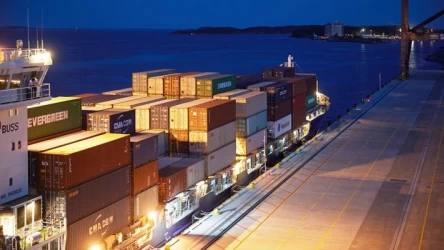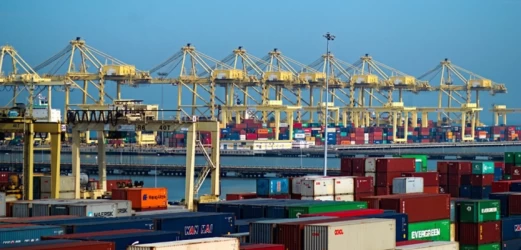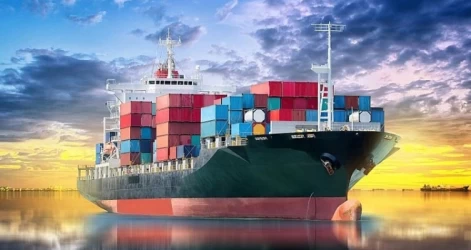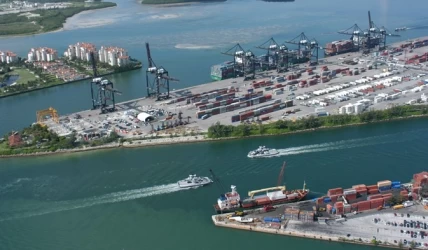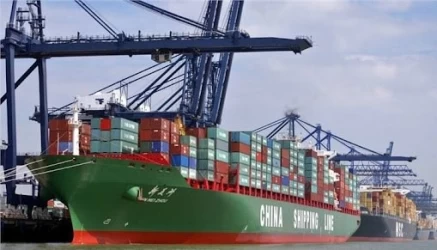Sea Freight in the Port of Guangzhou
The Port of Guangzhou, located in the Guangdong province of China, is one of the most significant and busiest ports in the world. As a vital hub for international maritime trade, it plays a crucial role in the global supply chain, connecting over 300 ports in more than 80 countries. This article delves into the various aspects of sea freight operations at the Port of Guangzhou, highlighting its infrastructure, services, and economic impact.
Historical Background
The Port of Guangzhou has a rich history dating back to ancient times. It was a prominent trading port during the Qin Dynasty and served as a key node in the “Silk Road on the Sea” during the Ming and Qing dynasties. Over the centuries, it has evolved into a modern, comprehensive port, integral to China’s economic development.
Strategic Location
Situated at the intersection of the Dongxiang, Xinjiang, and Beijing rivers, the Port of Guangzhou benefits from its strategic location in the Pearl River Delta region. This positioning allows it to serve as a critical transportation hub, facilitating the movement of goods to and from neighboring provinces such as Guangxi, Yunnan, Guizhou, Sichuan, Hunan, Hubei, and Jiangxi.
Port Infrastructure
The Port of Guangzhou boasts extensive infrastructure, including 4,600 berths, 133 buoys, and 2,359 anchorages. The port’s facilities are capable of handling vessels up to 100,000 tones, thanks to ongoing dredging projects. Key harbor areas within the port include Nansha, Xisha, Huangpu, and the Inner Harbor, each serving different functions and cargo types.
Sea Freight Services
The port offers a wide range of sea freight services, including loading and discharging, storage, bonded warehousing, and container cargo services. It handles a diverse array of goods such as oil, coal, grain, chemical fertilizers, steel, ore, and automobiles. Additionally, the port provides passenger services and comprehensive logistics solutions, making it a versatile and essential component of global trade.
Economic Impact
The Port of Guangzhou is a cornerstone of the regional and national economy. It supports numerous industries by facilitating the import and export of raw materials and finished goods. The port’s activities generate significant employment opportunities and contribute to the economic growth of the Pearl River Delta and beyond.
Future Developments
Looking ahead, the Port of Guangzhou continues to invest in its infrastructure and services to meet the growing demands of global trade. Plans include further dredging to accommodate larger vessels and the expansion of logistics and warehousing facilities. These developments aim to enhance the port’s capacity and efficiency, ensuring its continued prominence in the maritime industry.
Conclusion Sea Freight in the Port of Guangzhou
The Port of Guangzhou stands as a testament to China’s maritime prowess and its pivotal role in international trade. With its rich history, strategic location, robust infrastructure, and comprehensive services, it remains a vital link in the global supply chain. As the port continues to evolve and expand, it will undoubtedly maintain its status as a key player in sea freight and global commerce.
I hope this article provides a thorough overview of sea freight operations at the Port of Guangzhou. If you need any more details or have specific aspects you’d like to explore further, feel free to let me know!

